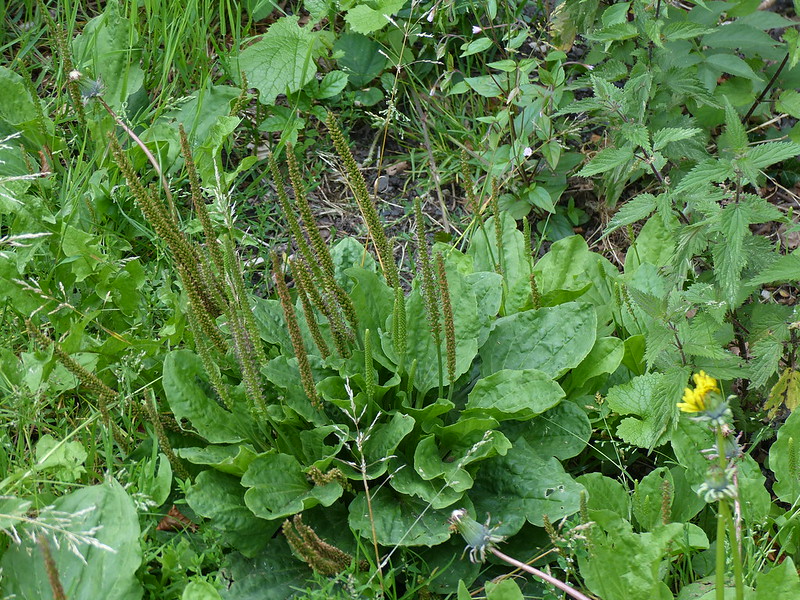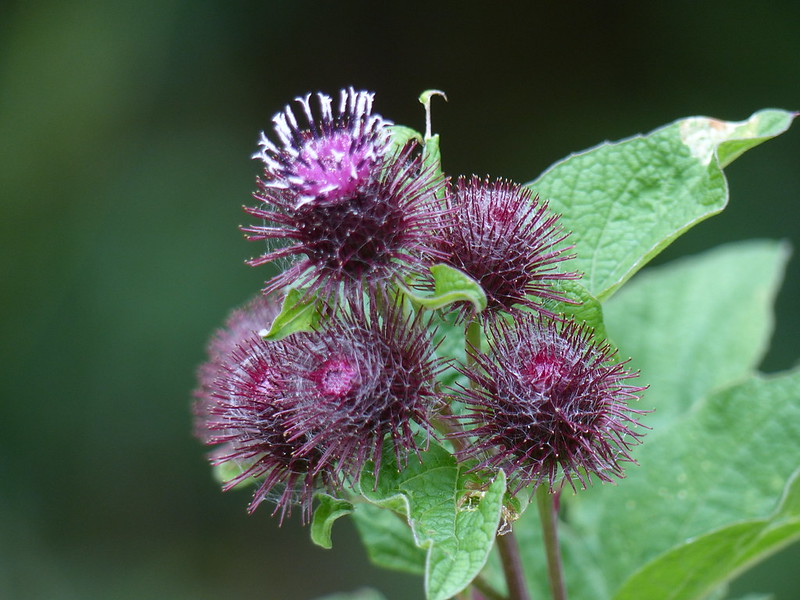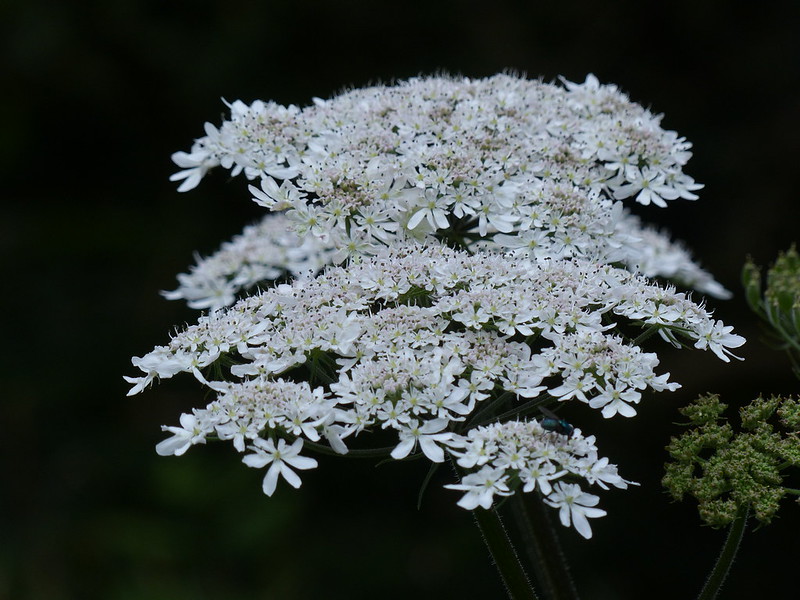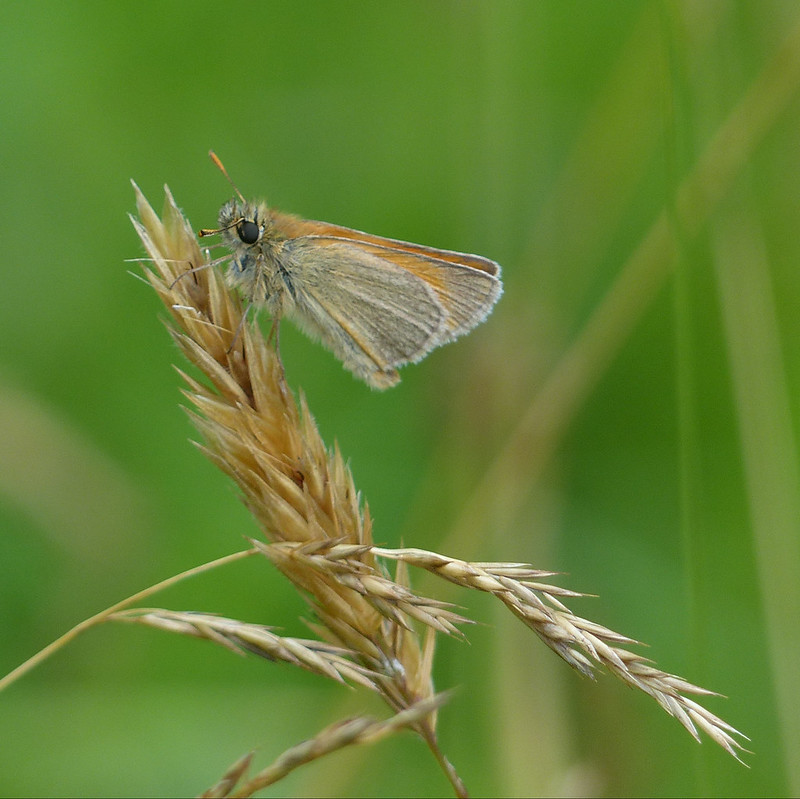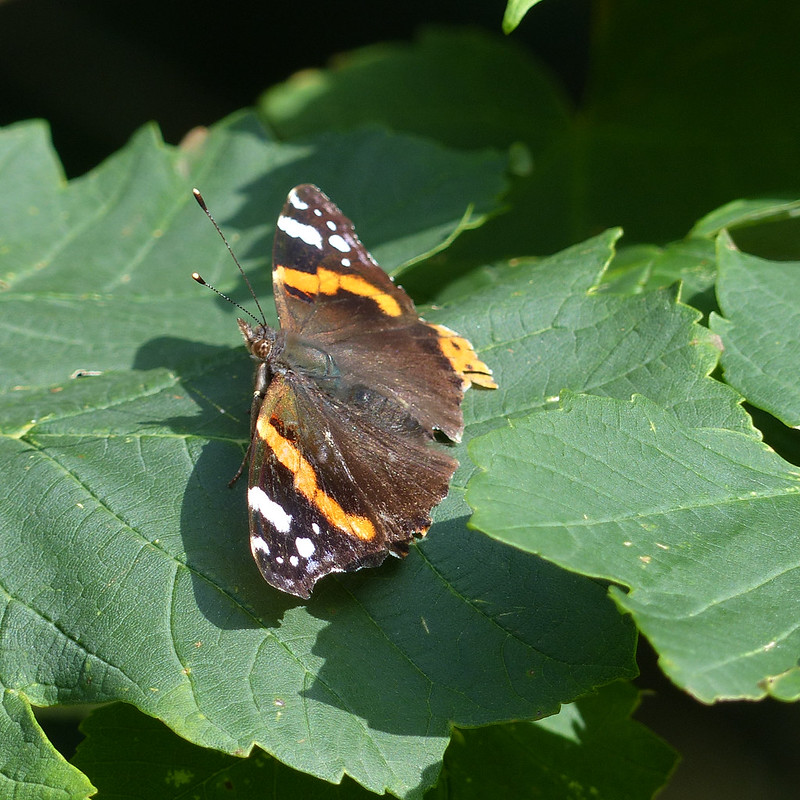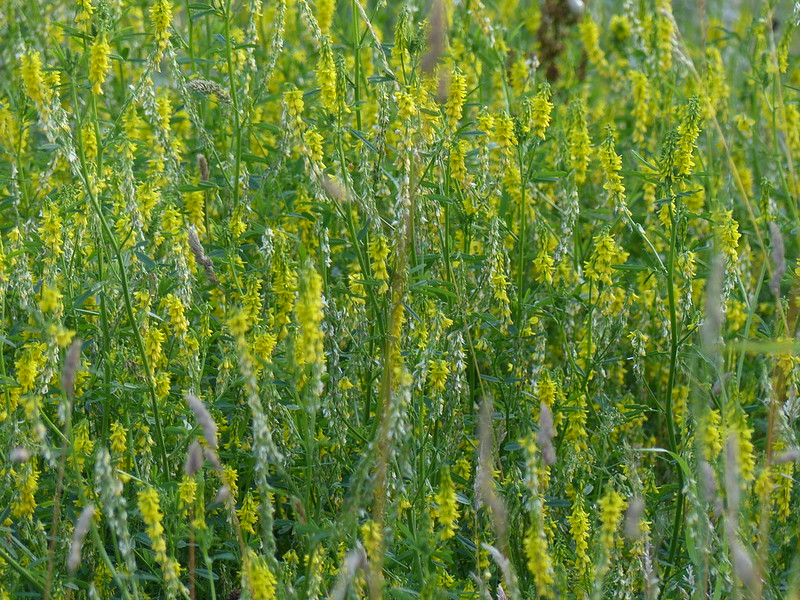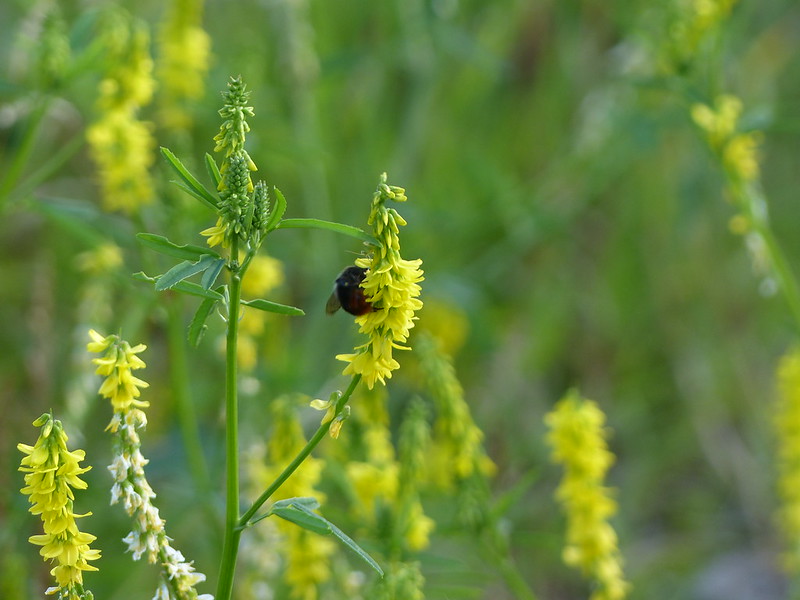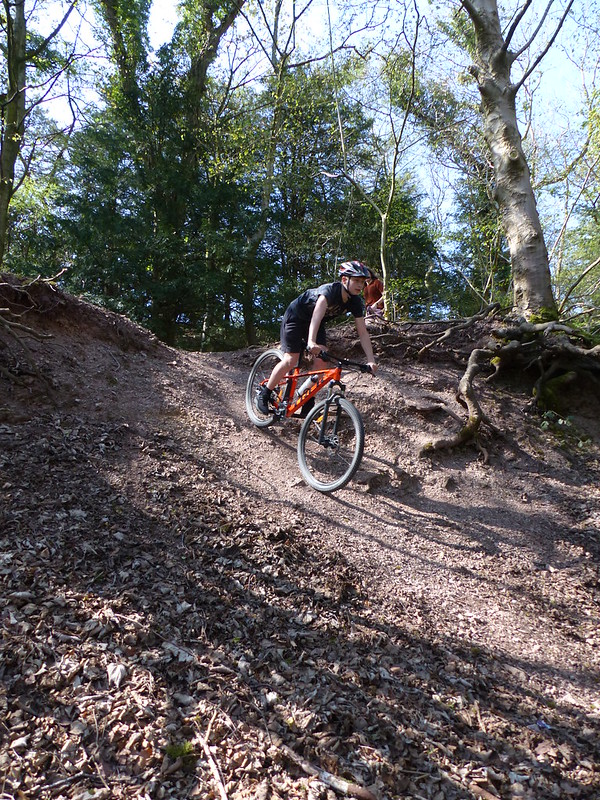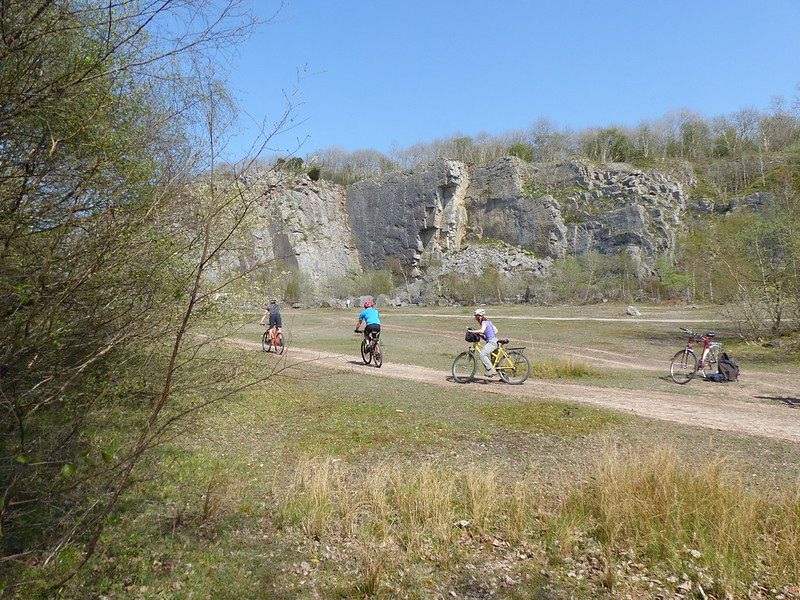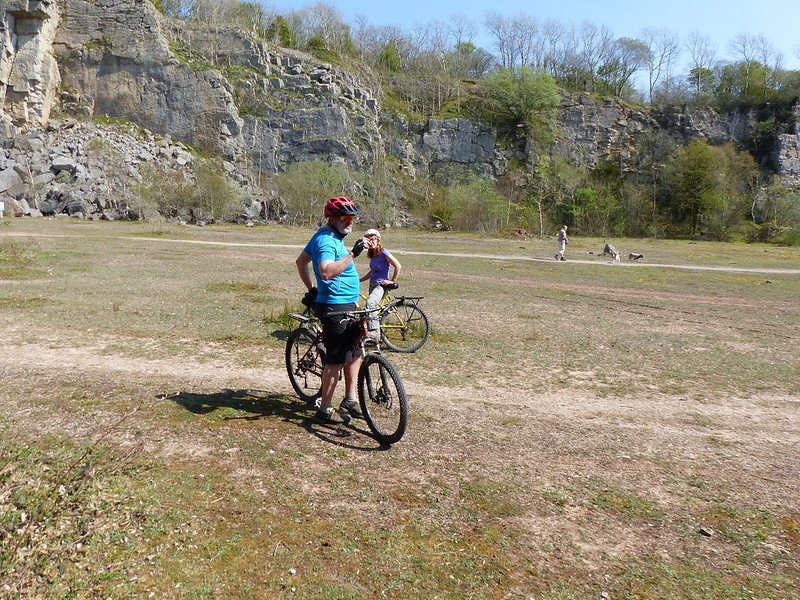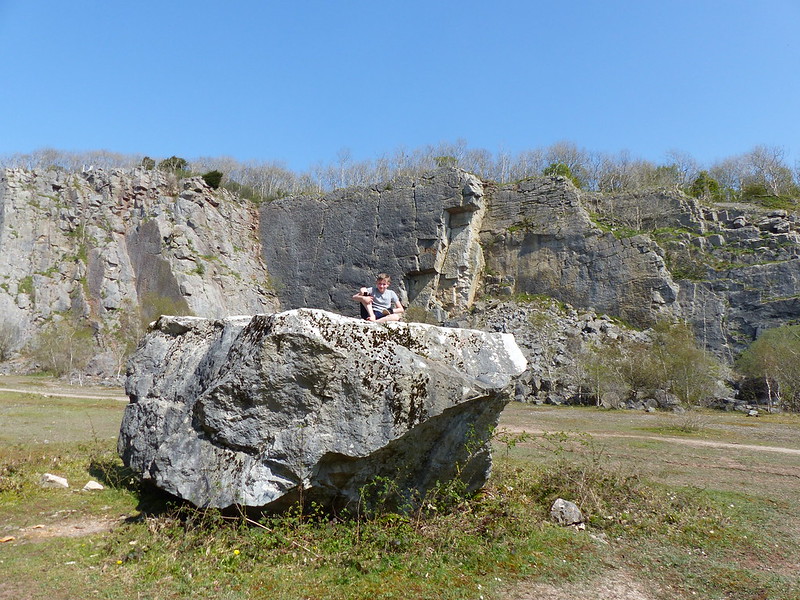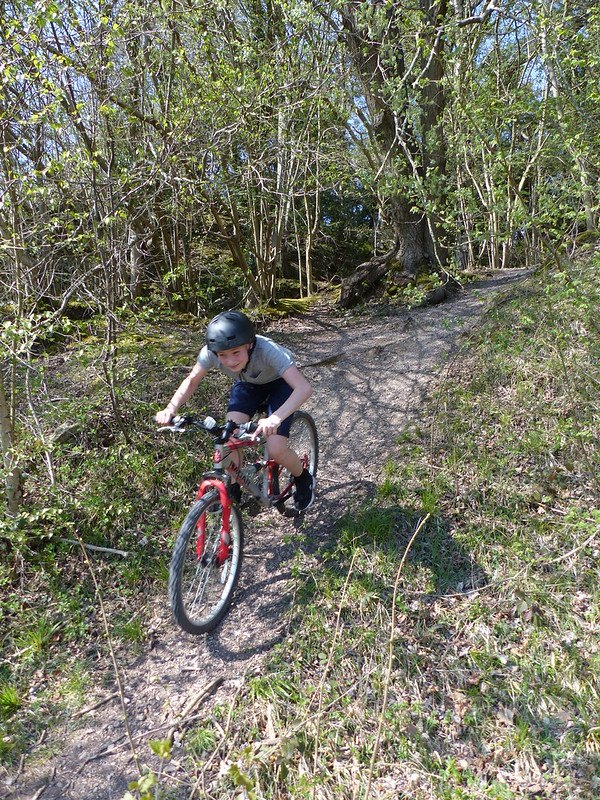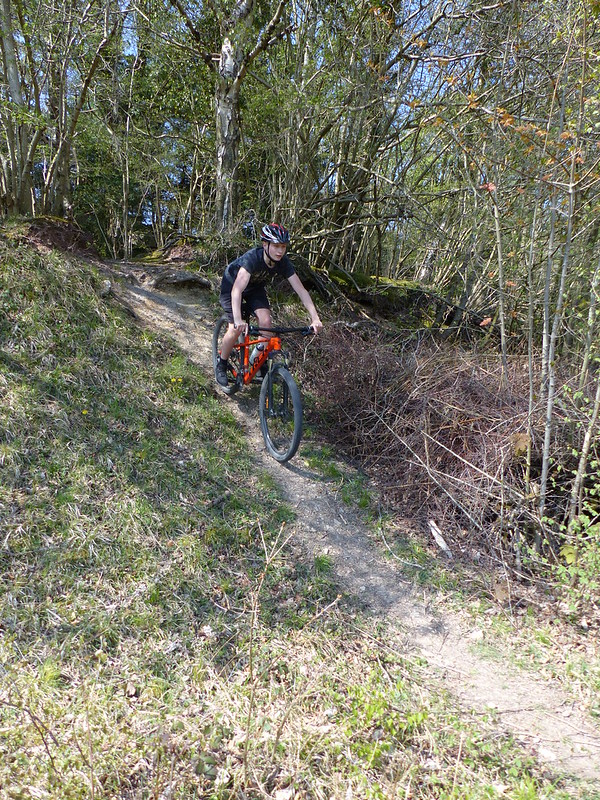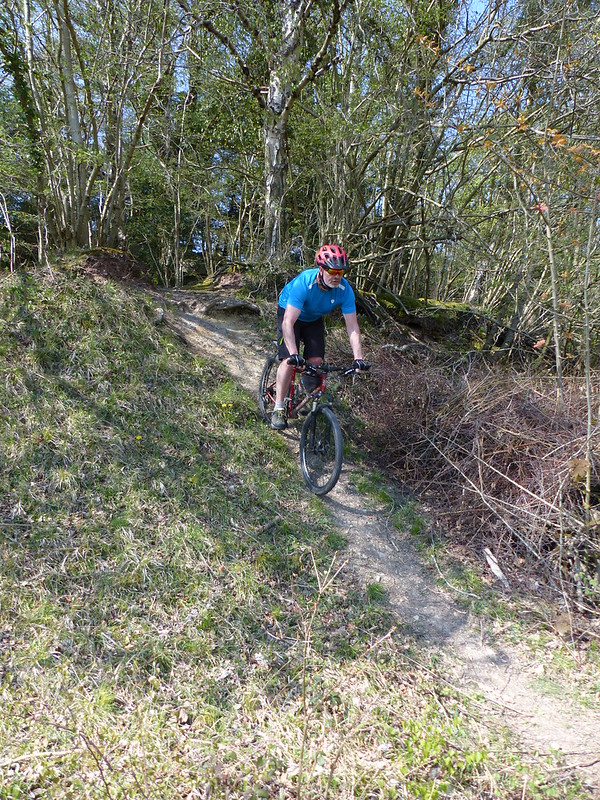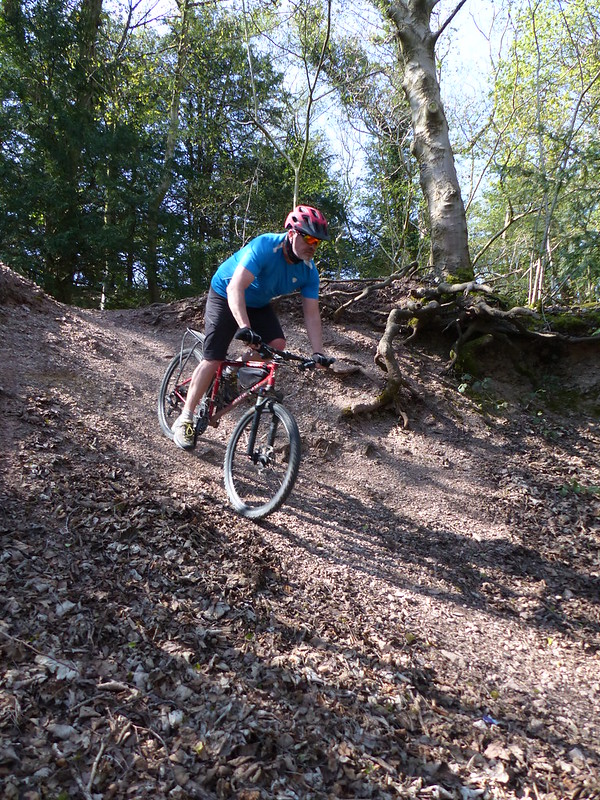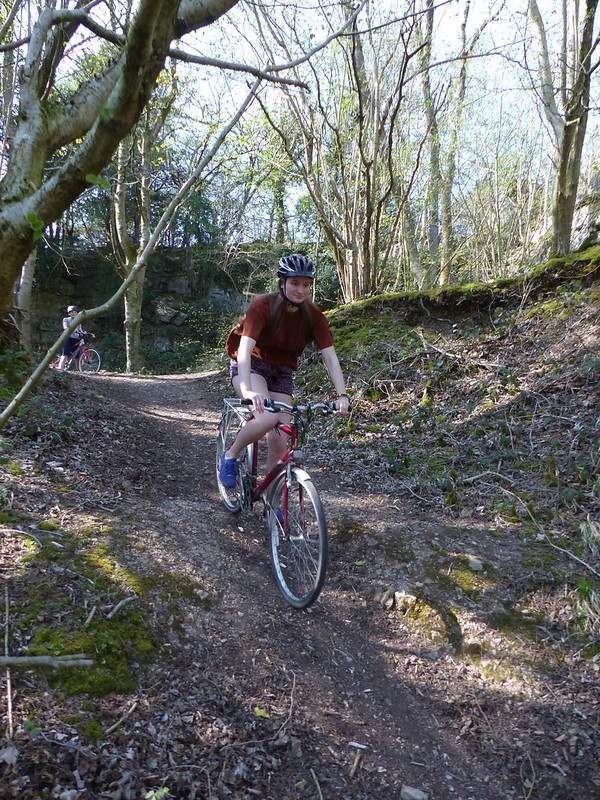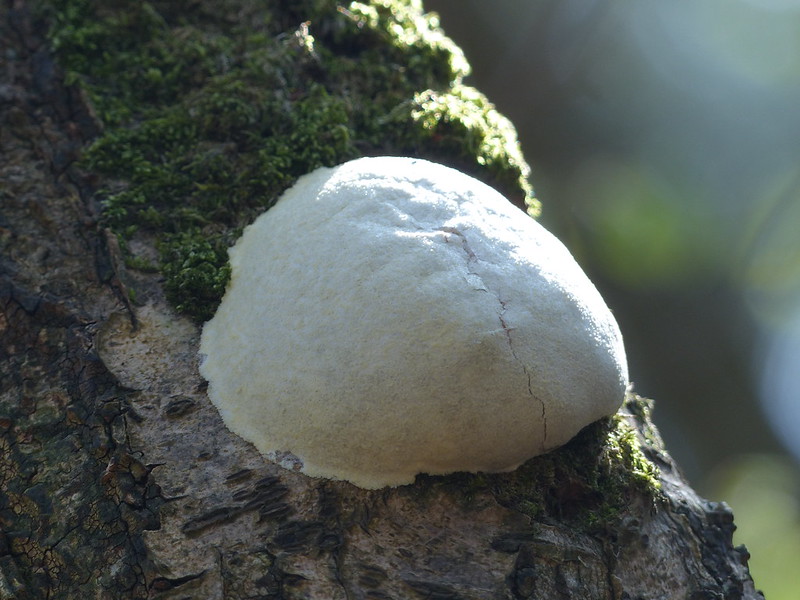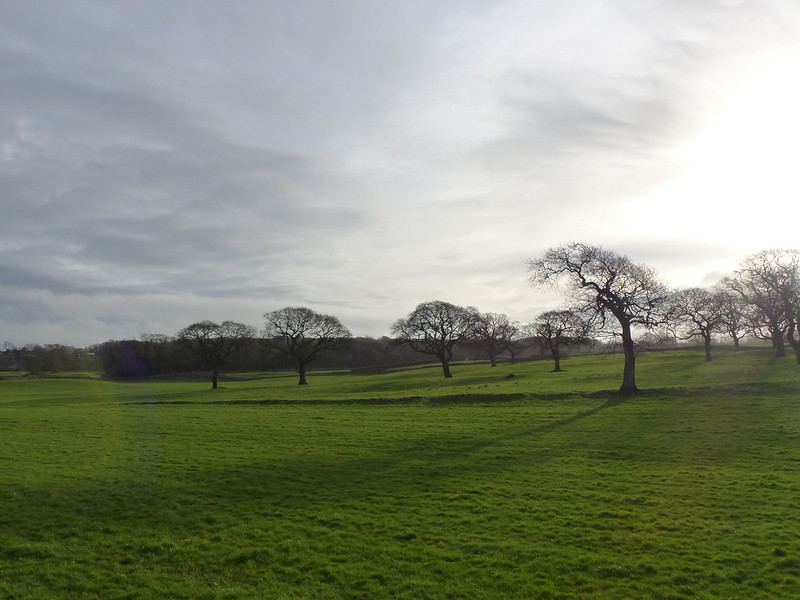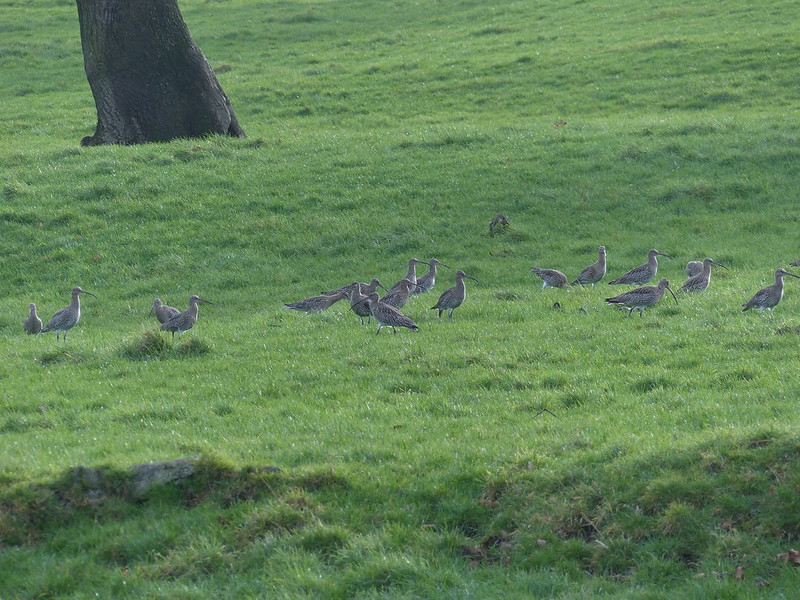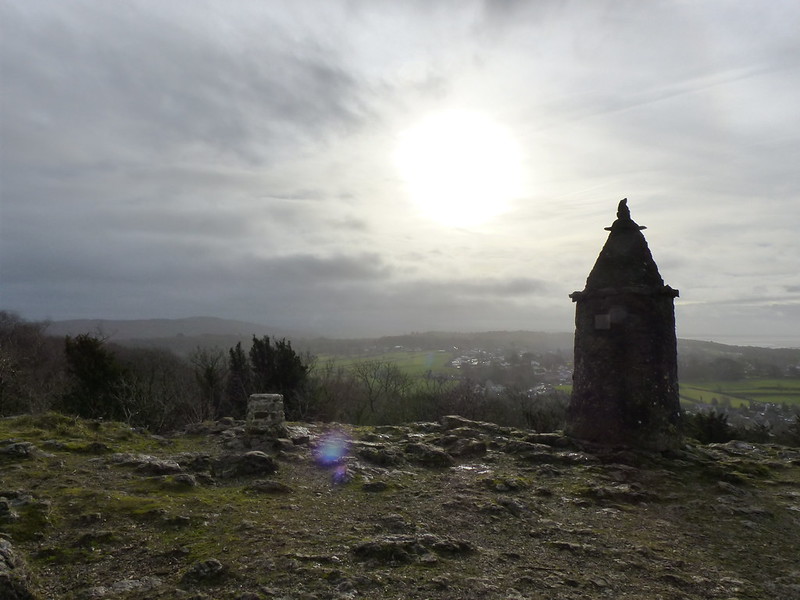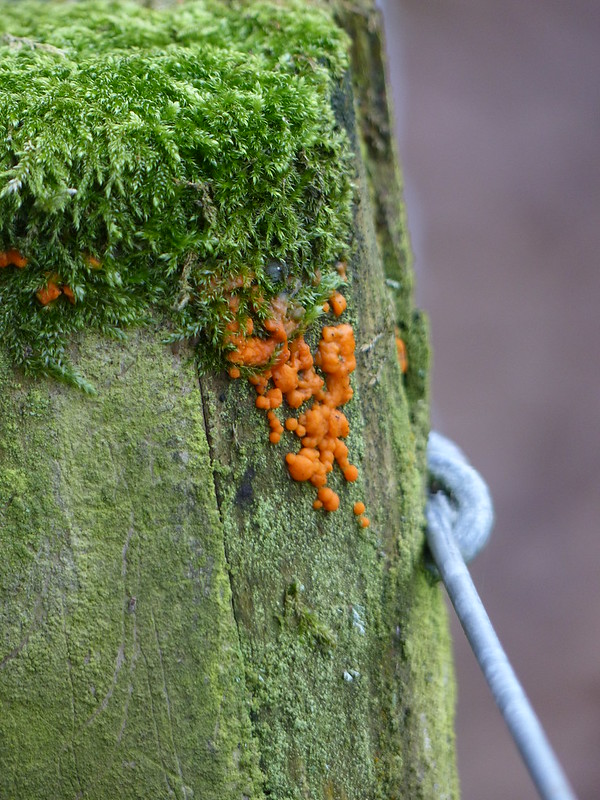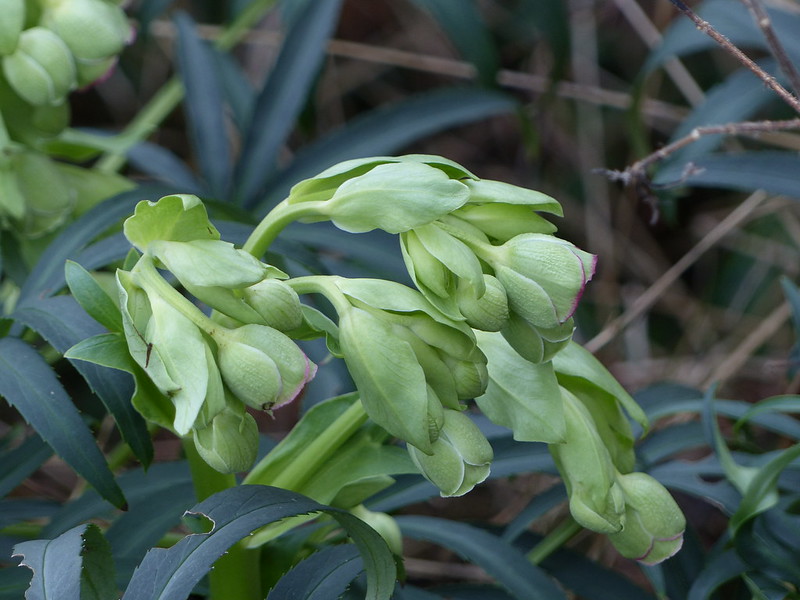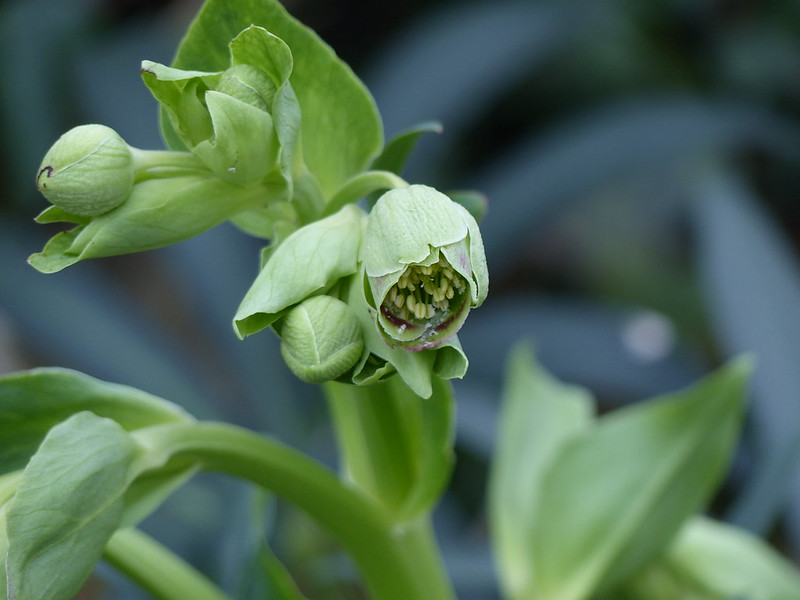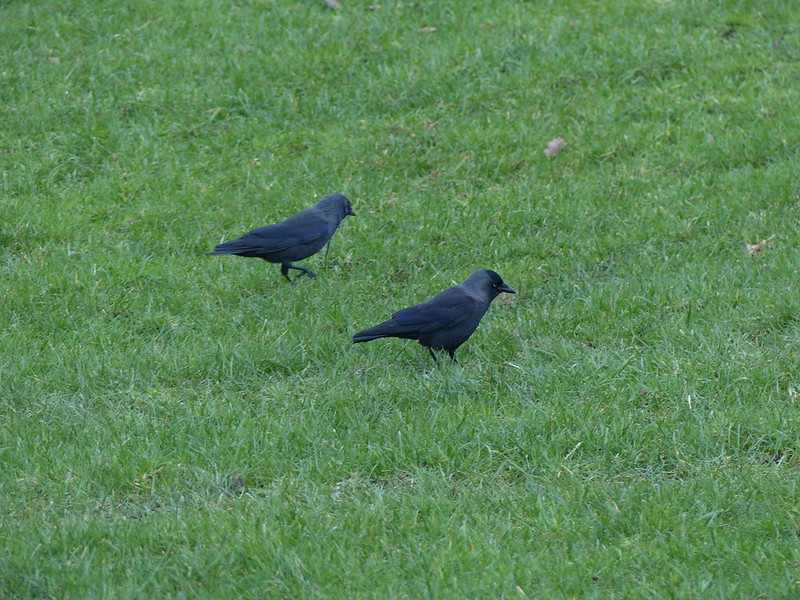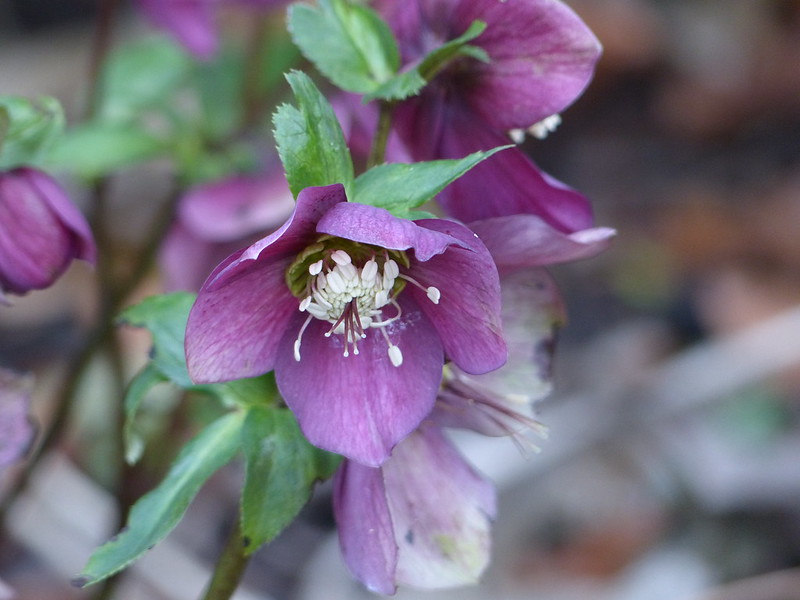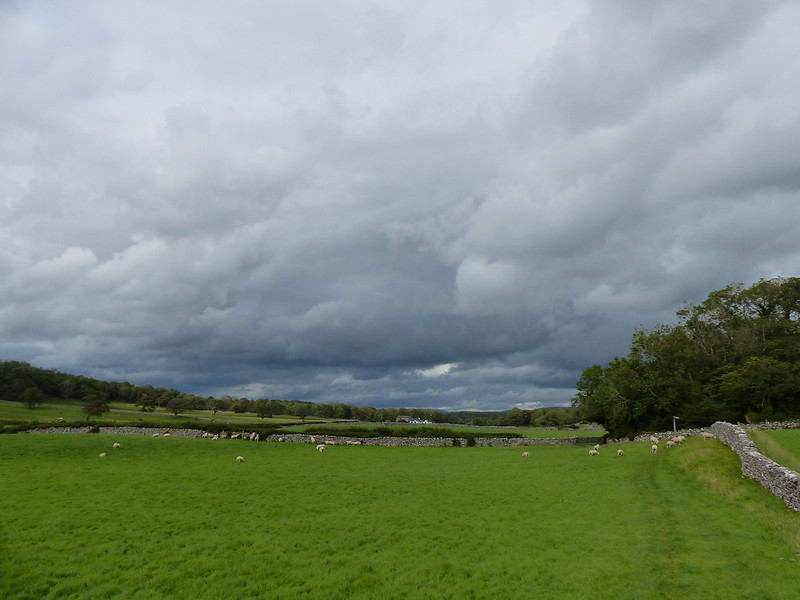
In an effort to start catching-up, I’ve shoved photos from at least three different walks into this post.
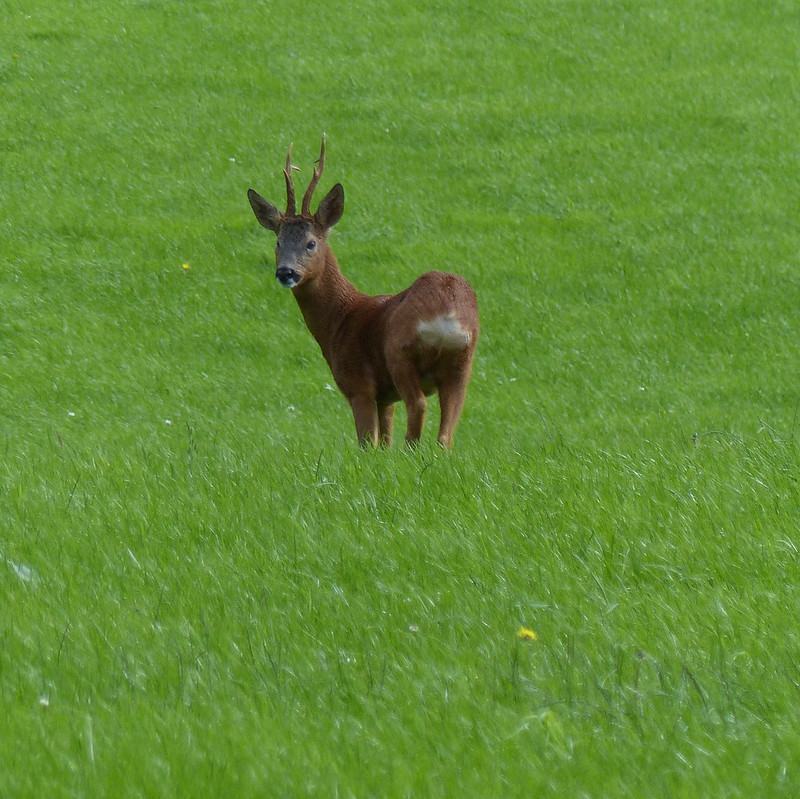
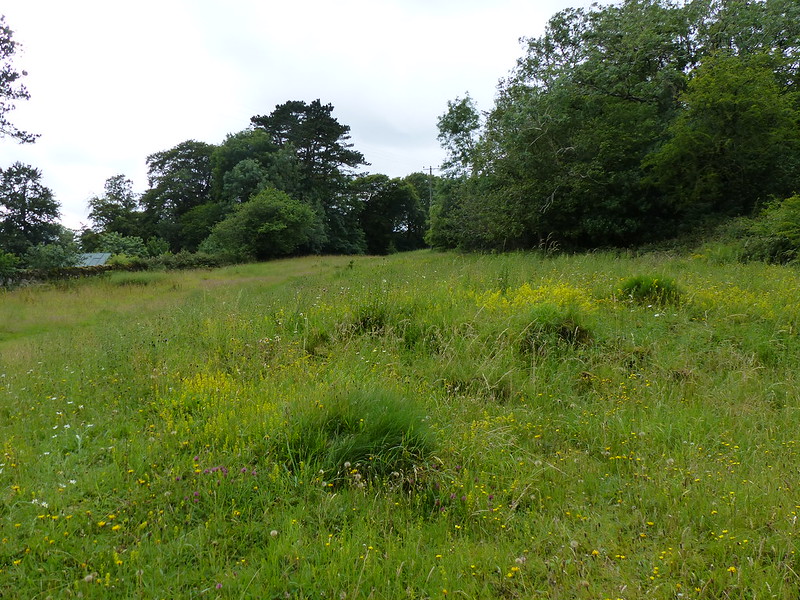
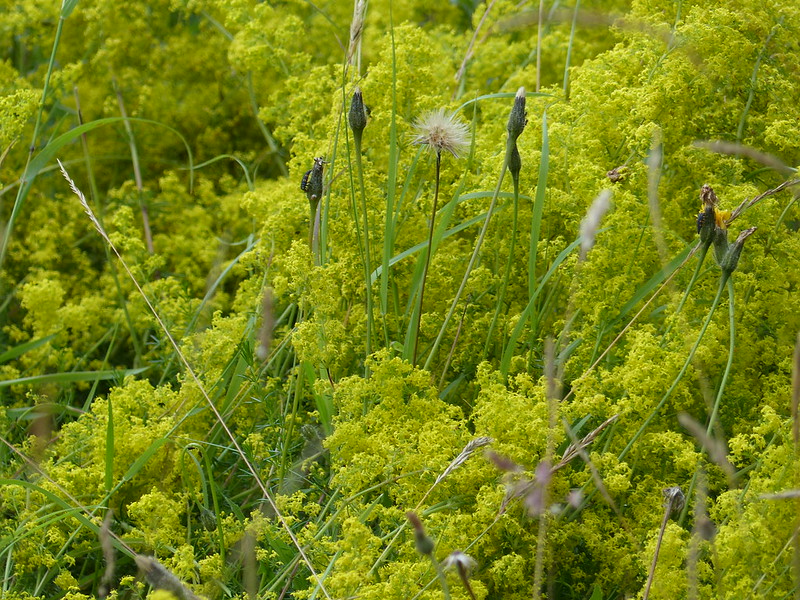
If you click on the photo and zoom in to enlarge on flickr, you will see that, unbeknown to me when I took the photo, two of the flower heads are home to ladybird larvae, of which more later in this post.
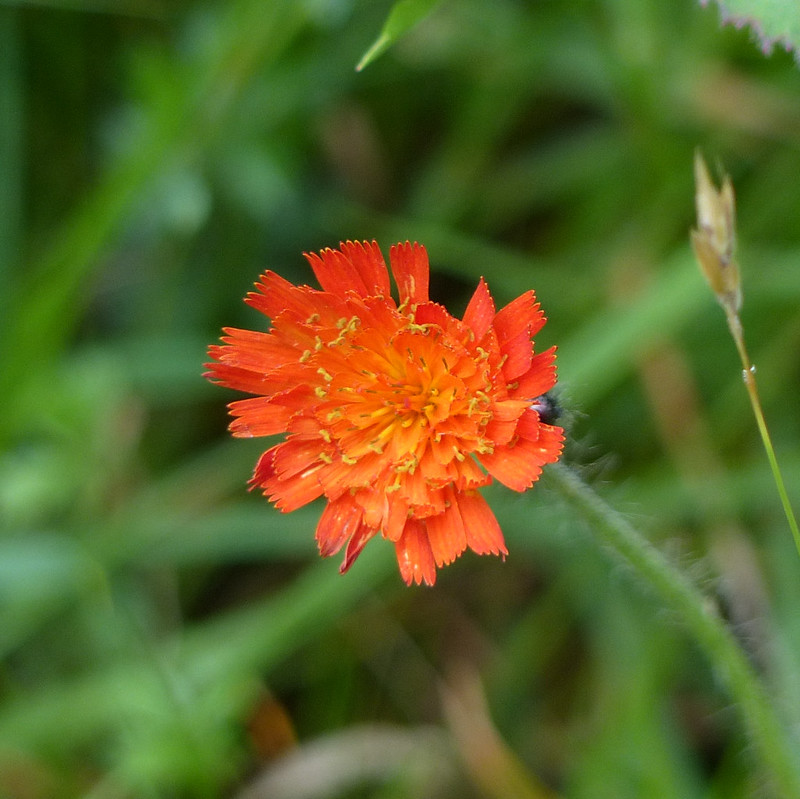

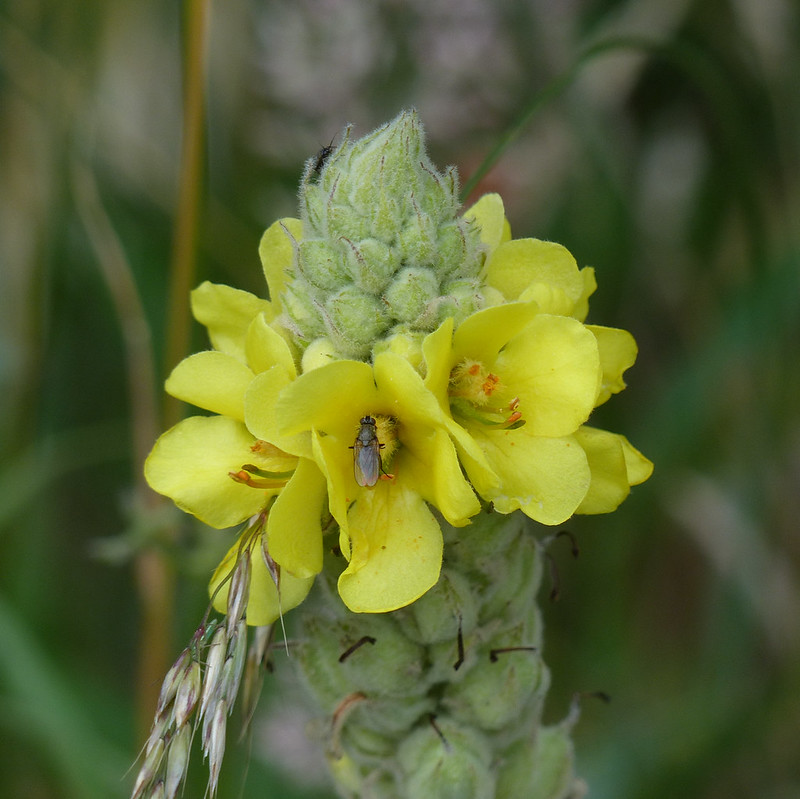
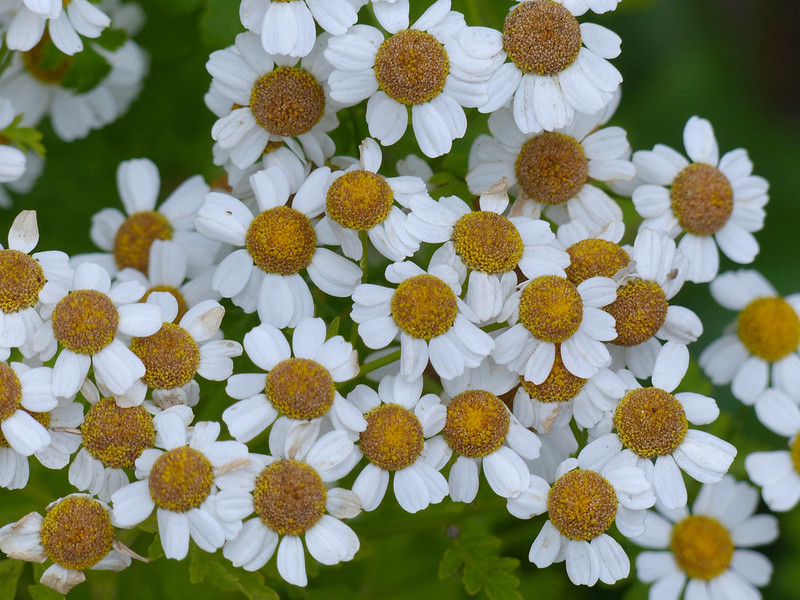
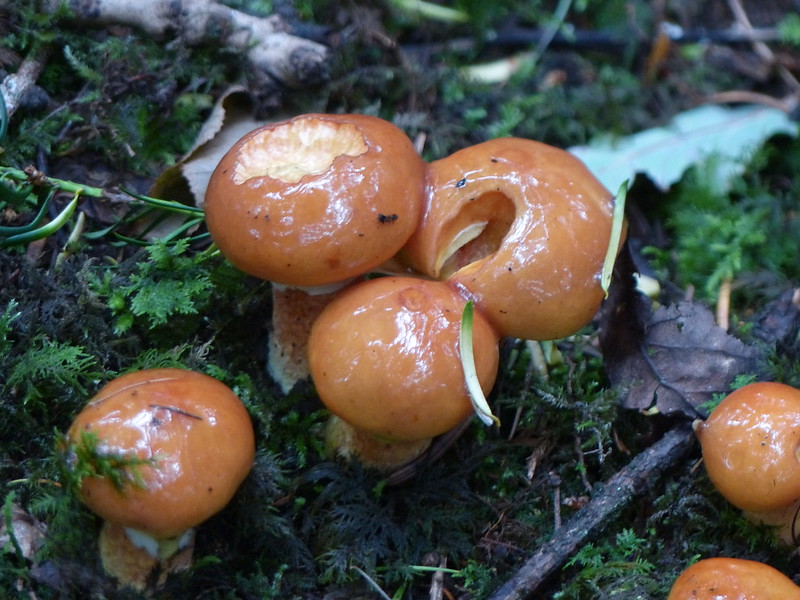
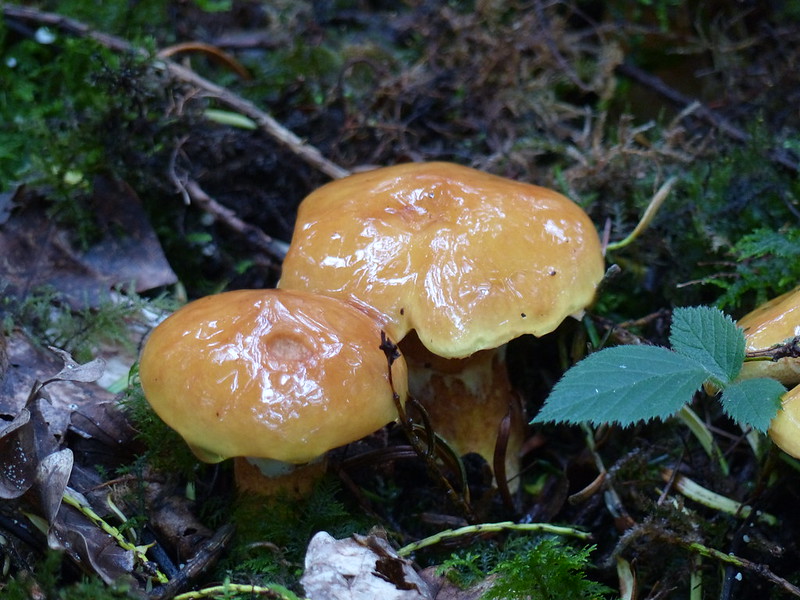
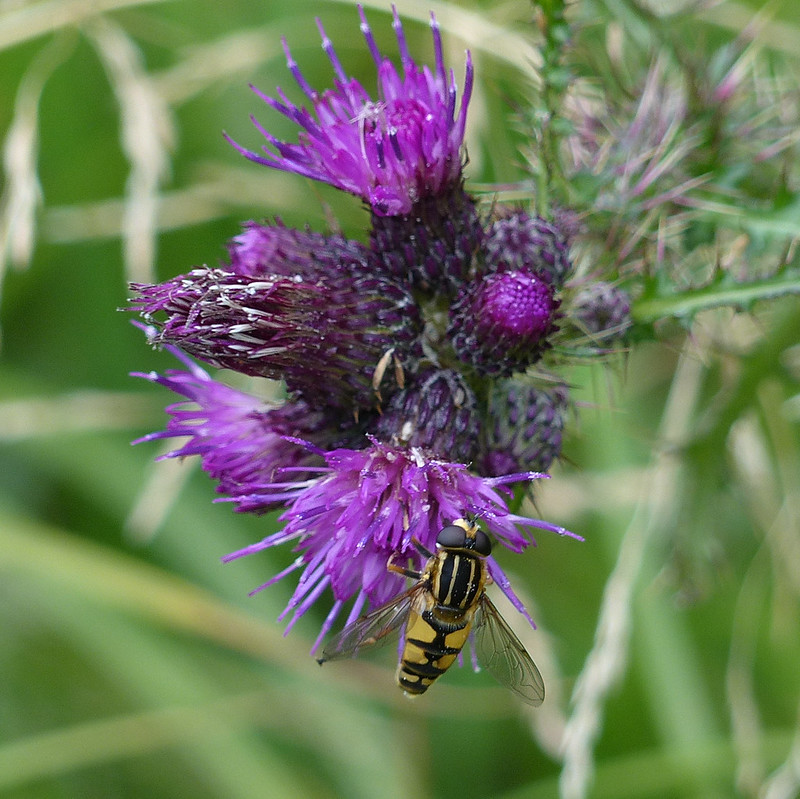

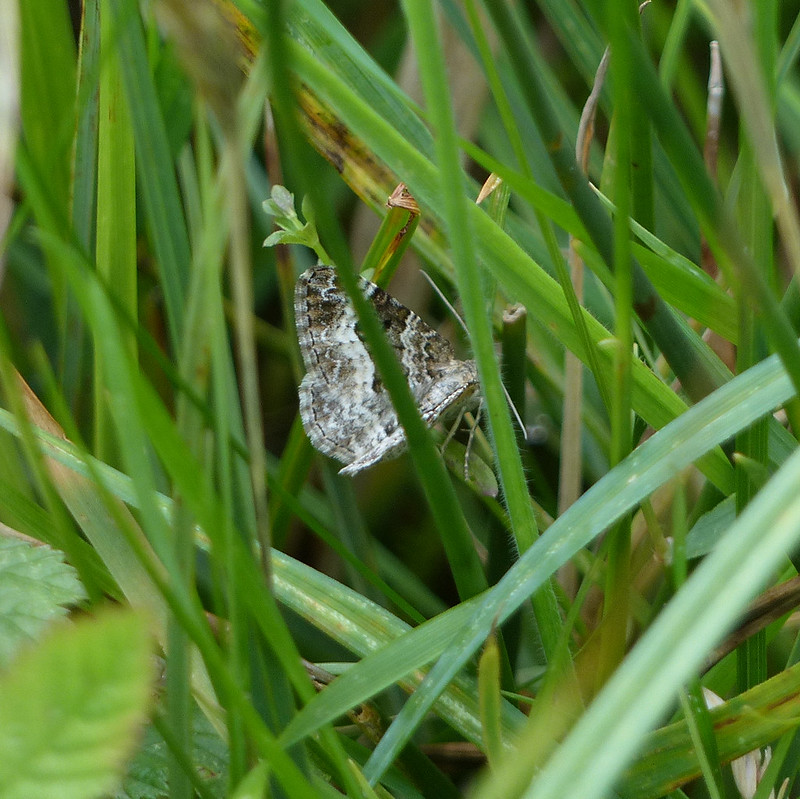
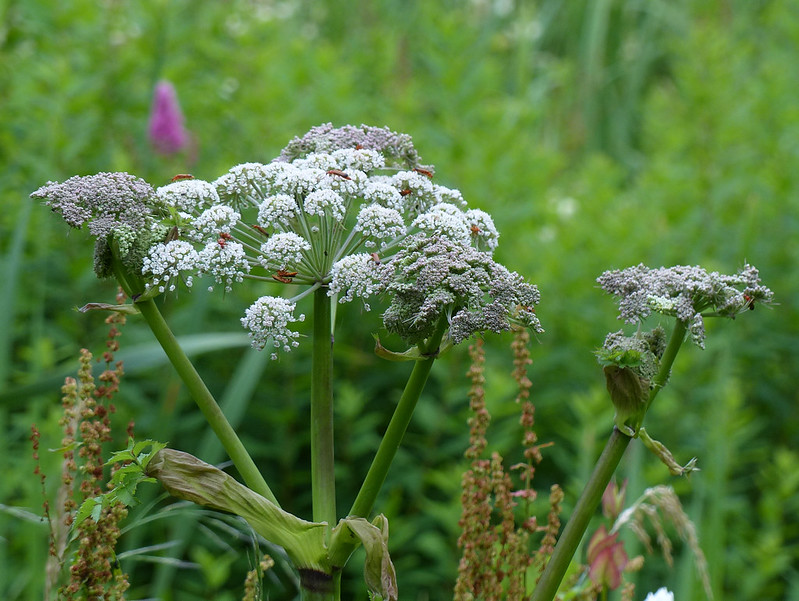
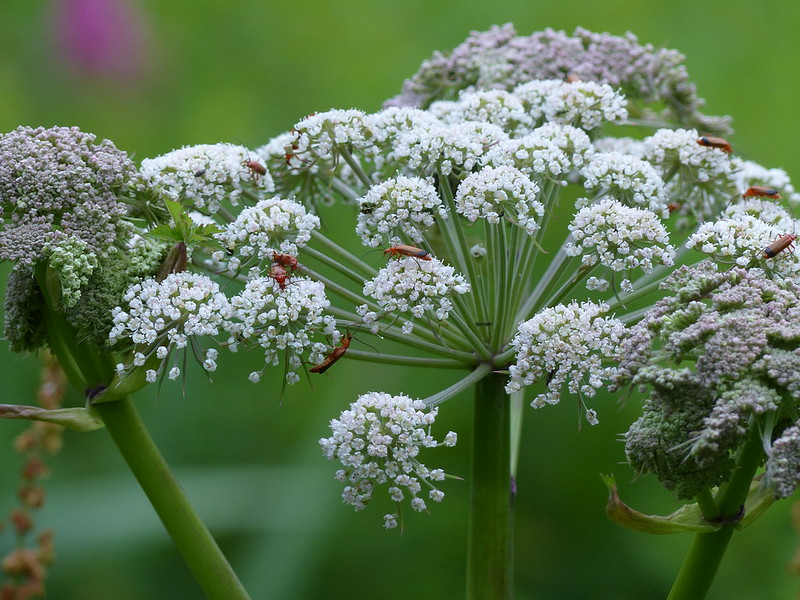


I was very chuffed to spot this rather small, straggly Helleborine – at least, that’s what I think it is – by the path into Eaves Wood from the Jubilee Wood car-park, because although I know of a spot where Broad-leaved Helleborines grow every year, by the track into Trowbarrow Quarry, I’ve never seen one growing in Eaves Wood before.


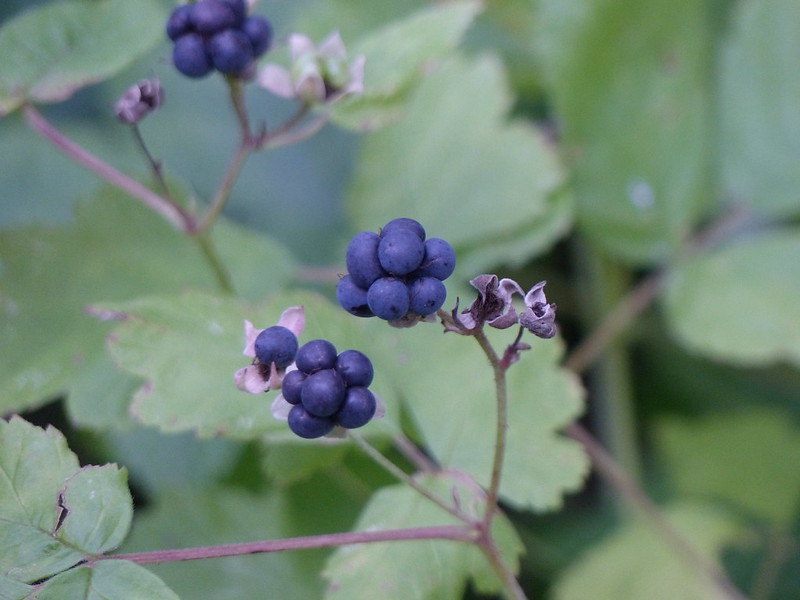
Dewberries are fantastic, smaller, juicier and generally earlier than blackberries, every walk at this time offered an opportunity at some point to sample a few.
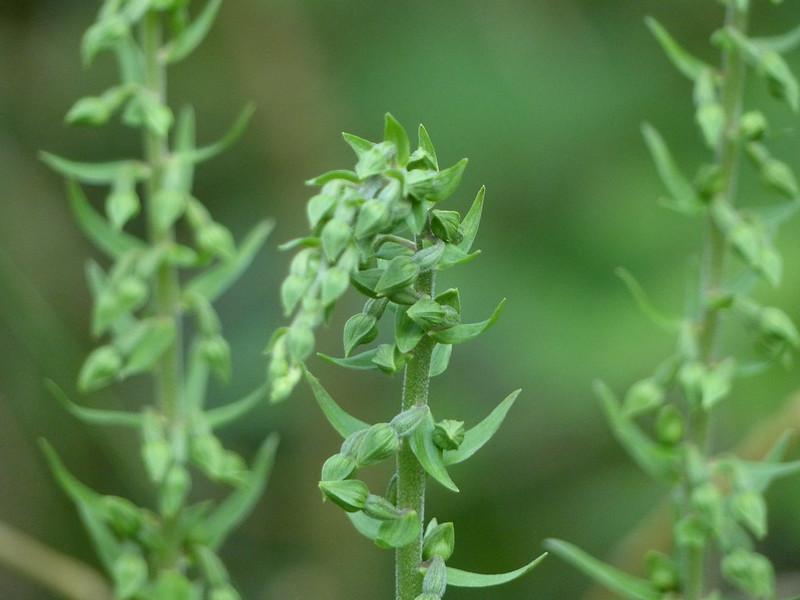
These are some of the afore-mentioned Helleborines, not quite in flower at this point, in fact I missed them this summer altogether.
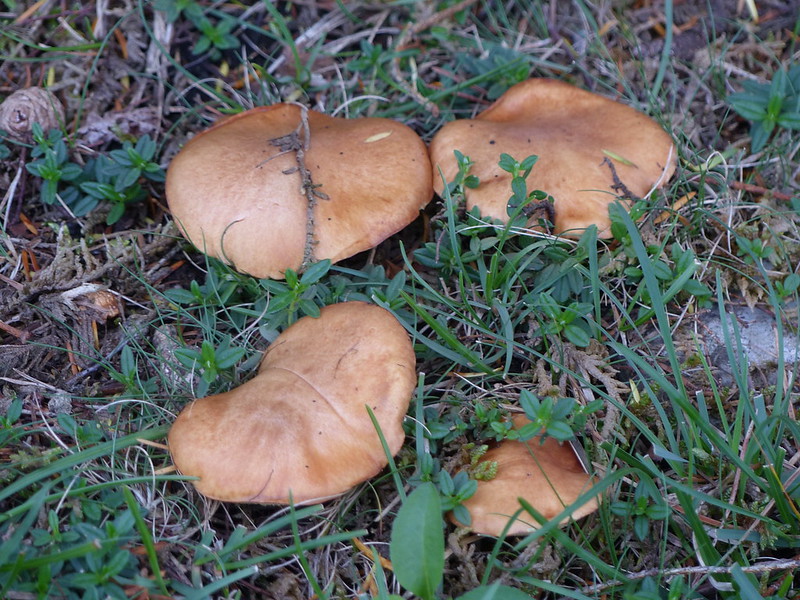
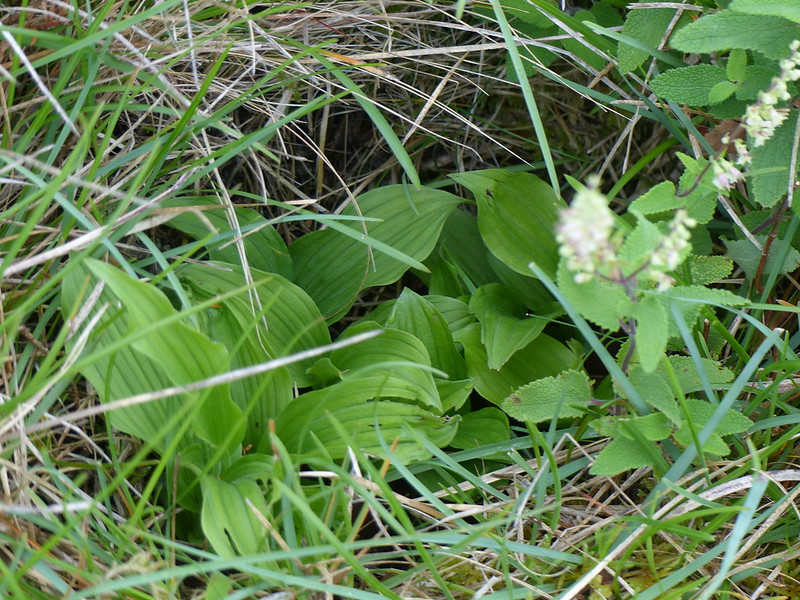
I missed the Lady’s-slipper Orchids too. Some leaves appeared belatedly, after the rains returned, long after they would usually have flowered. I don’t know whether they did eventually flower or not.
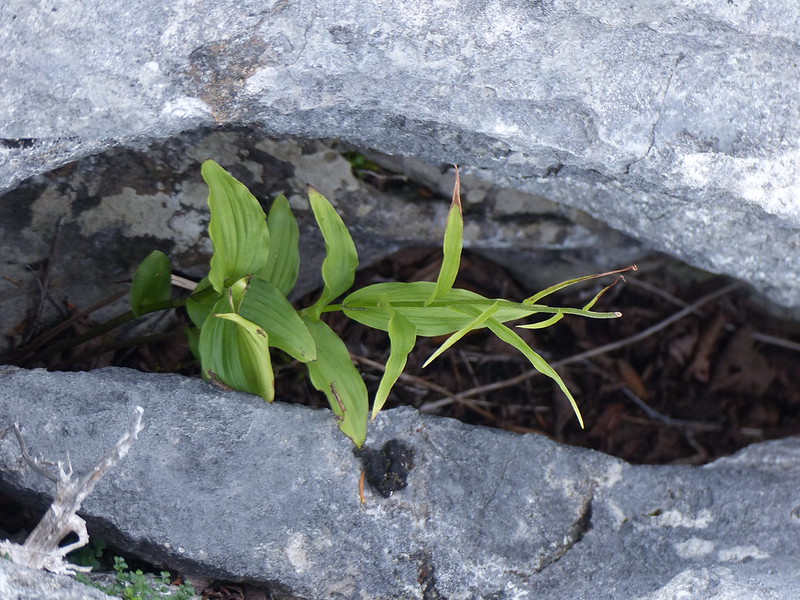
And I kept checking on the few suspected Dark Red Helleborines I’d found at Gait Barrows, but they seemed reluctant to flower too.
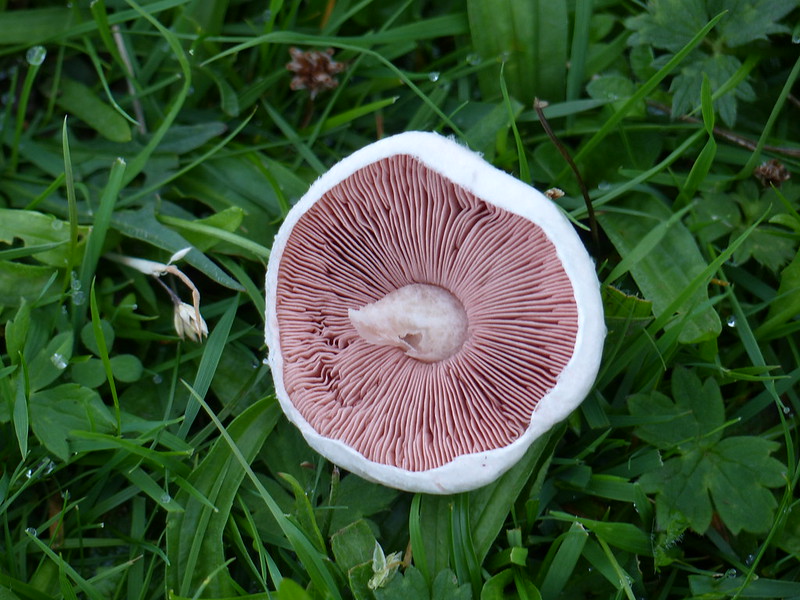
As well as the Dewberries, I continued to enjoy the odd savoury mushroom snack.
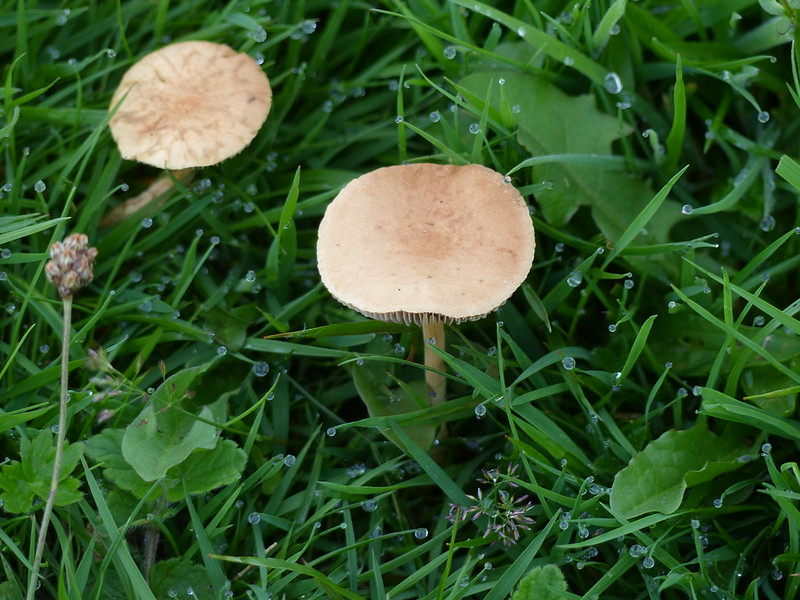
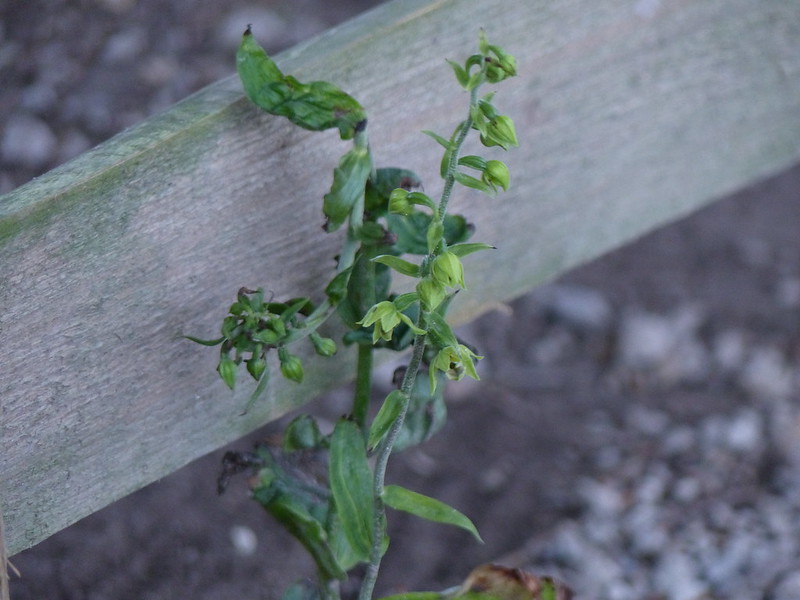
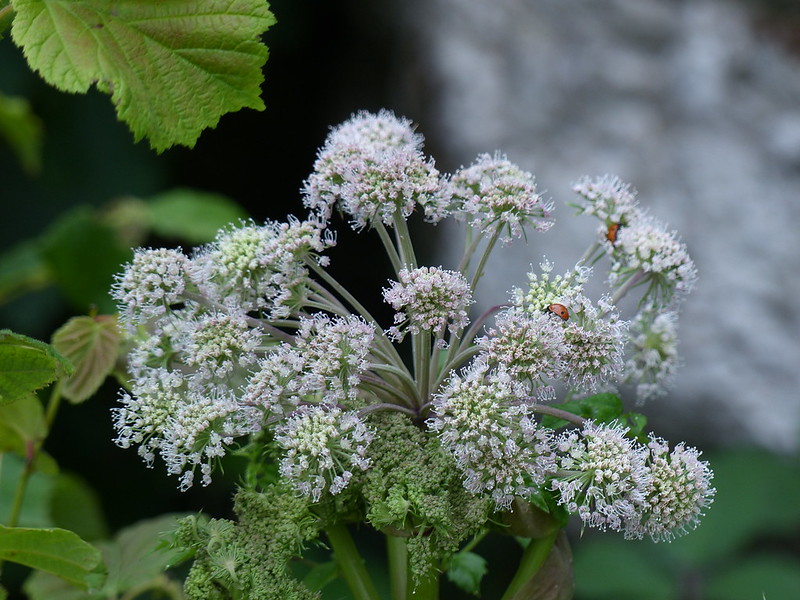


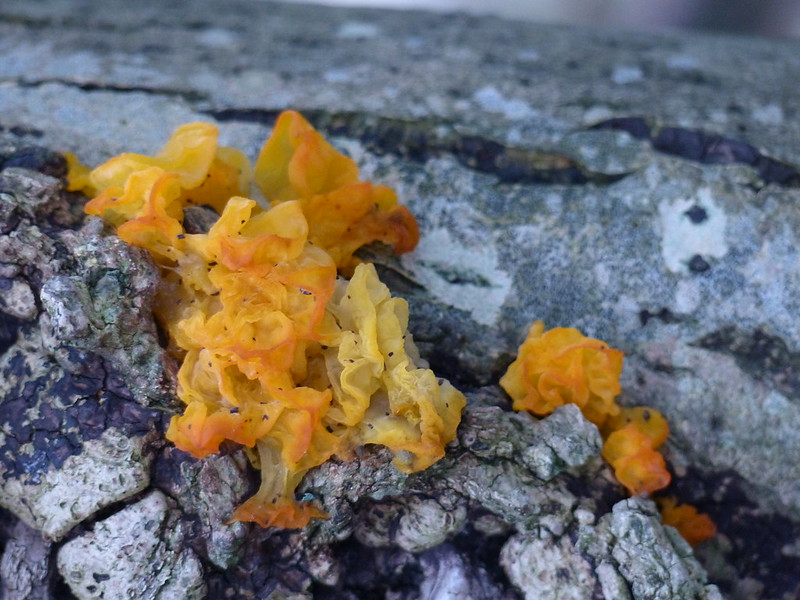

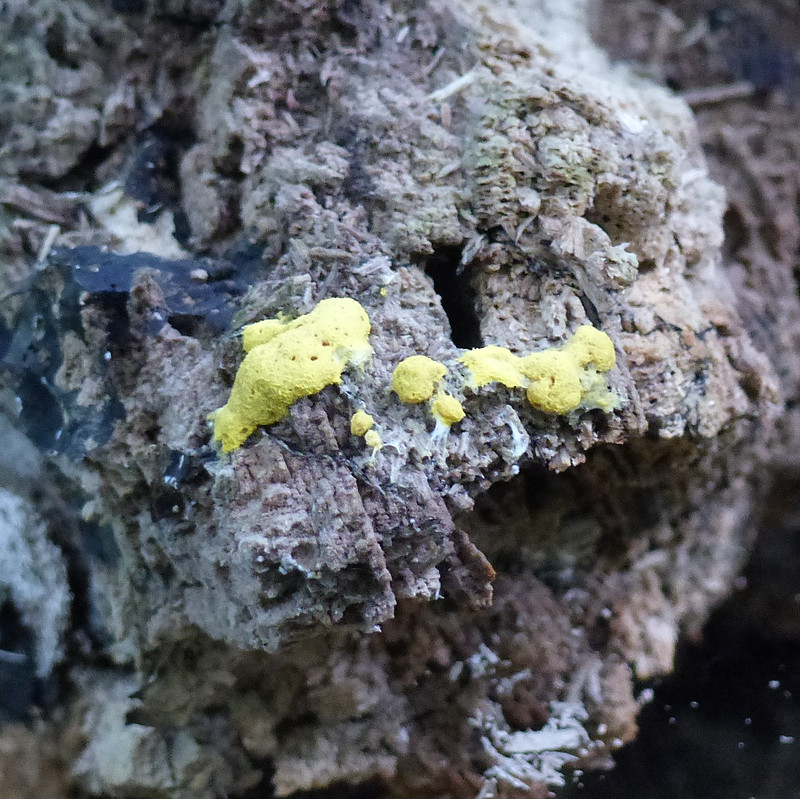
I thought that this might be Yellow Slime Mold, otherwise know as Scrambled Egg Slime or, rather unpleasantly, Dog Vomit Slime, but I’m not really sure.
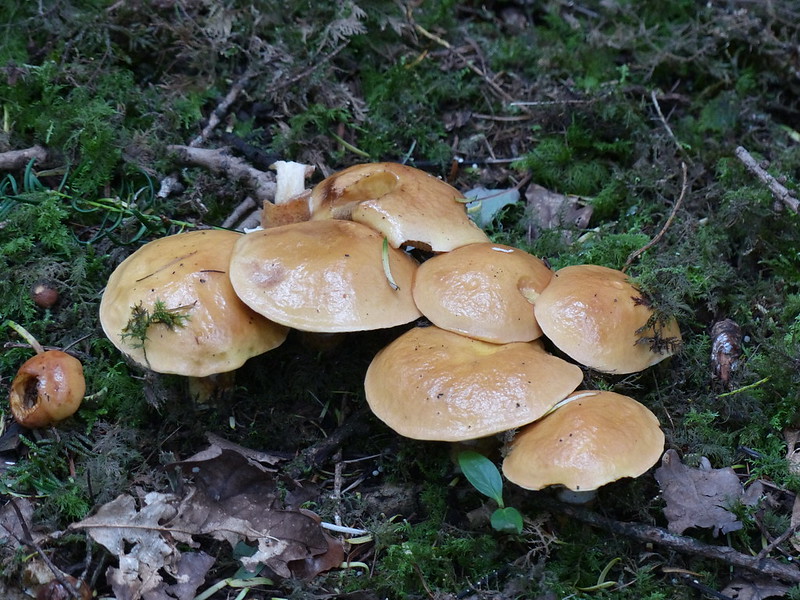

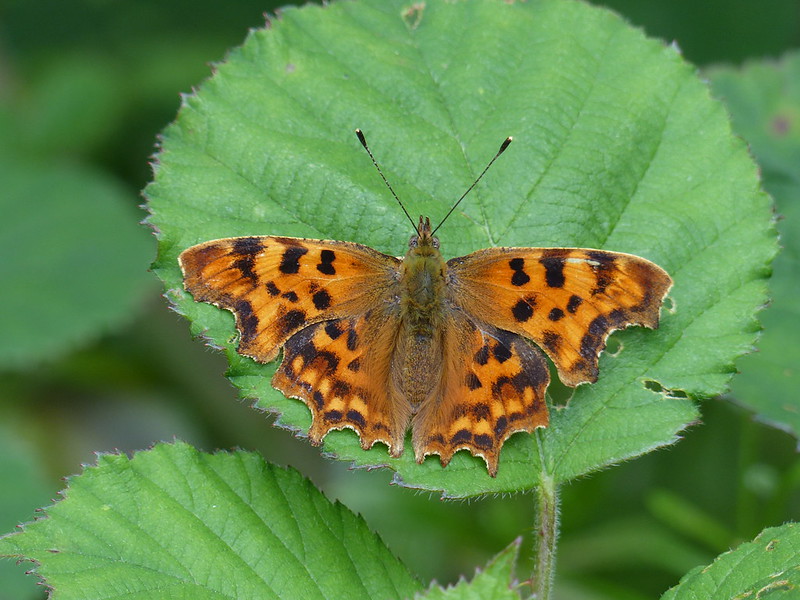
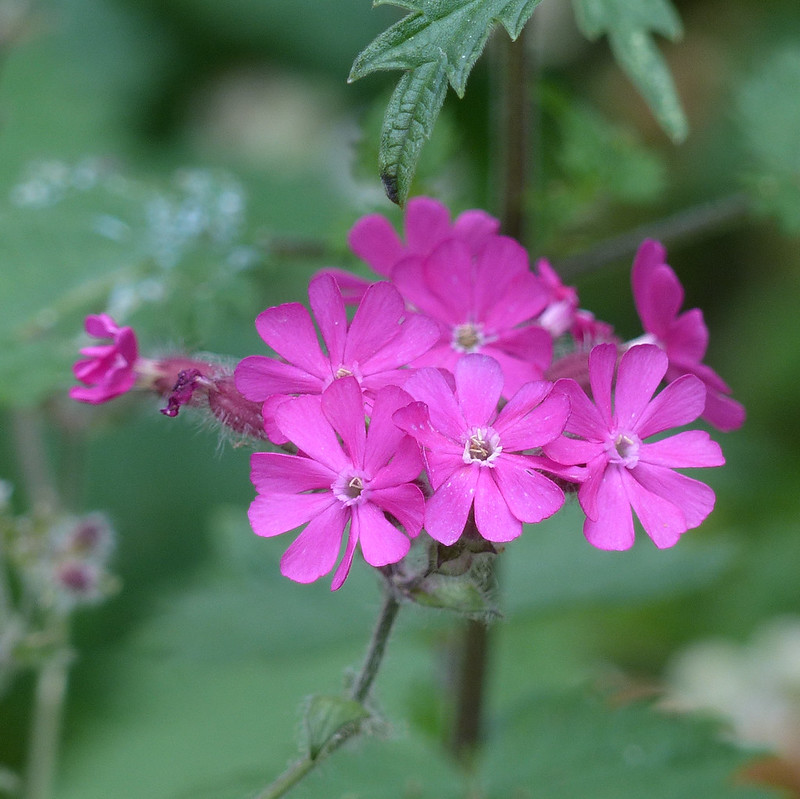


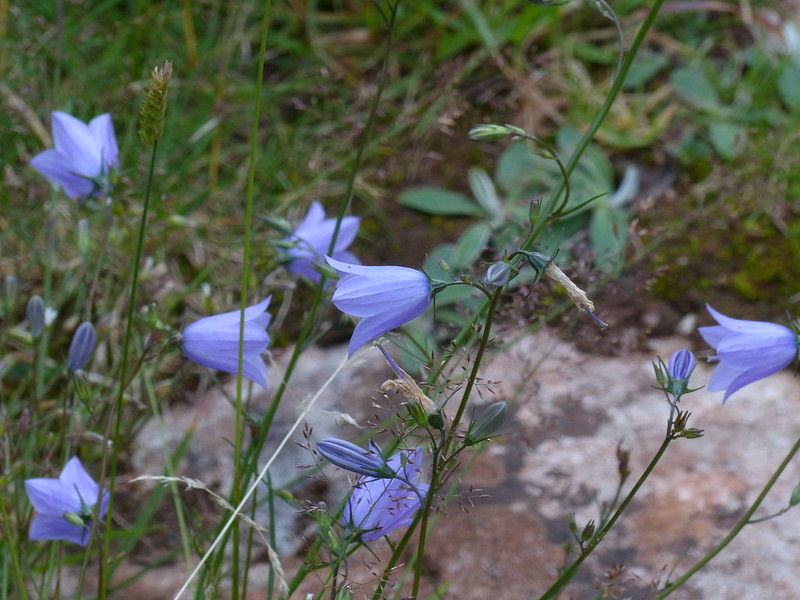
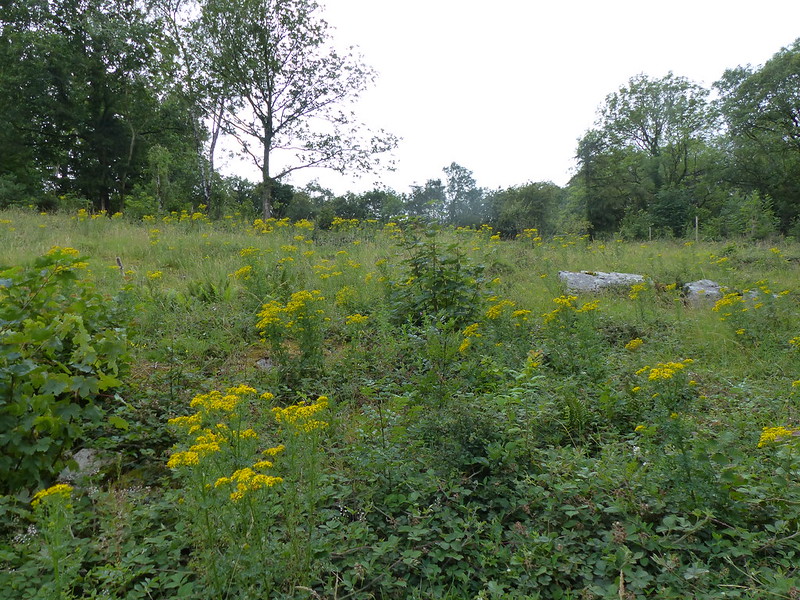
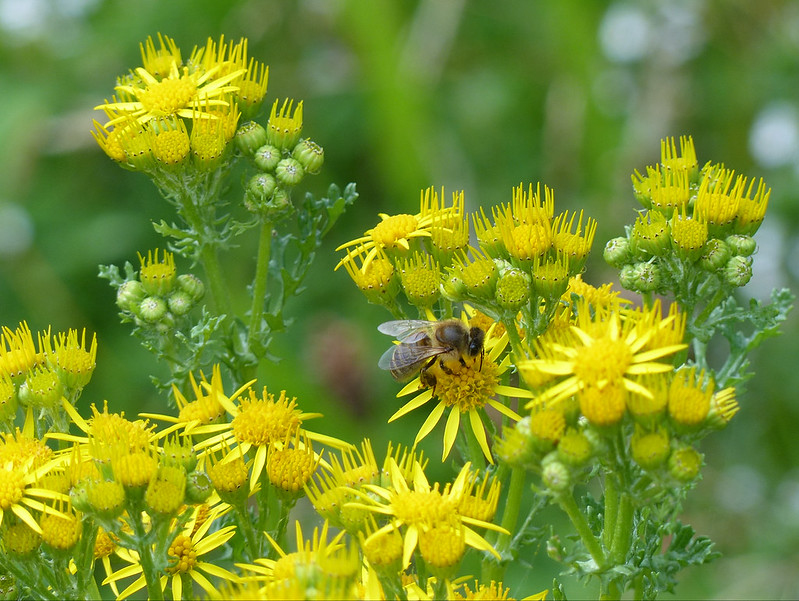
Spying this Honey-bee on Ragwort flowers, I was wondering whether honey containing pollen from a highly poisonous plant might, in turn, be toxic. Then I began to wonder about the many insects, especially bees, which were feeding on the Ragwort: are they, like the Cinnabar Caterpillars, impervious to the alkaloids in the Ragwort.
It seemed perhaps not; although there were many apparently healthy insects on the flowers, now that I started to look, I could also many more which had sunk down between the blooms. Some were evidently dead…
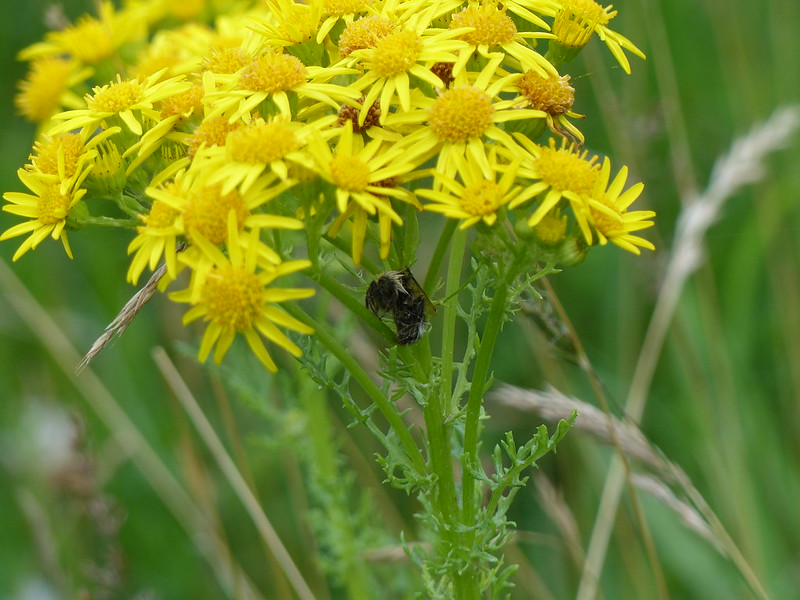
Whilst others were still moving, but only slowly and in an apparently drugged, drowsy way.
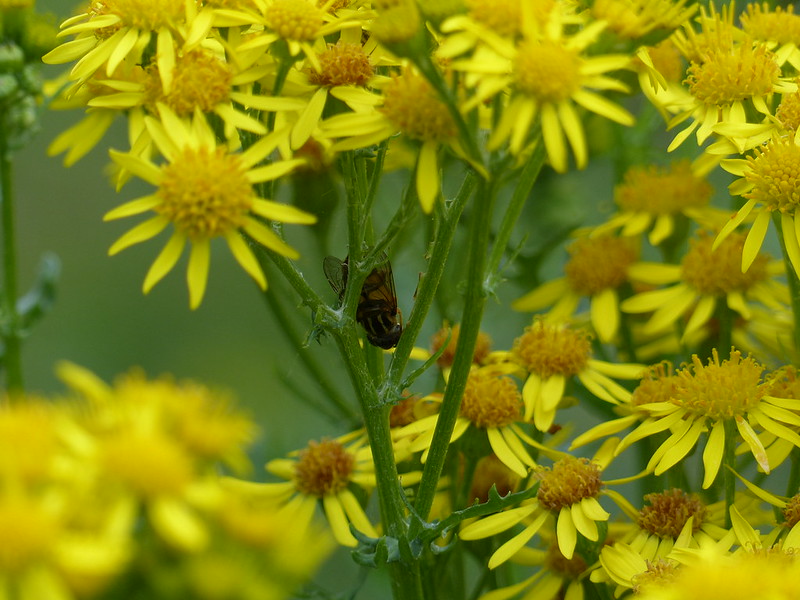
If the Ragwort is dangerous to insects it seems surprising that they haven’t evolved an instinct to stay away from it.
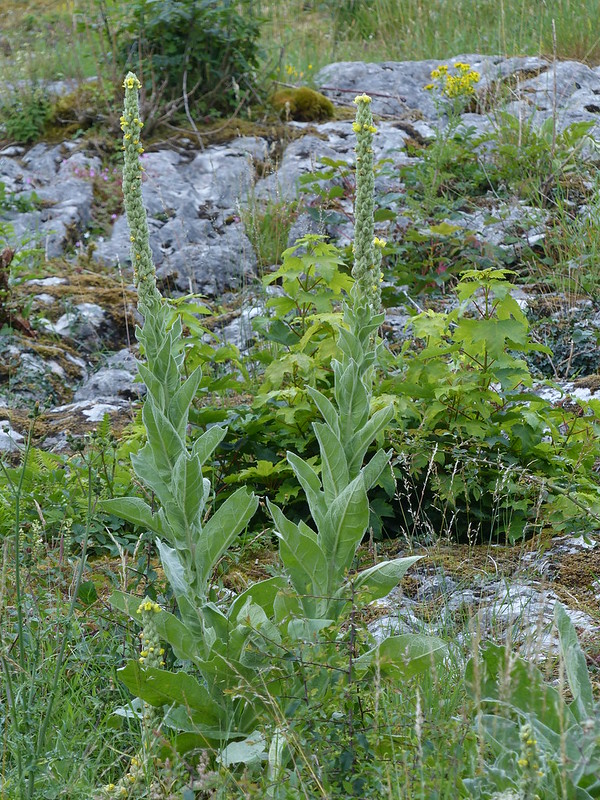

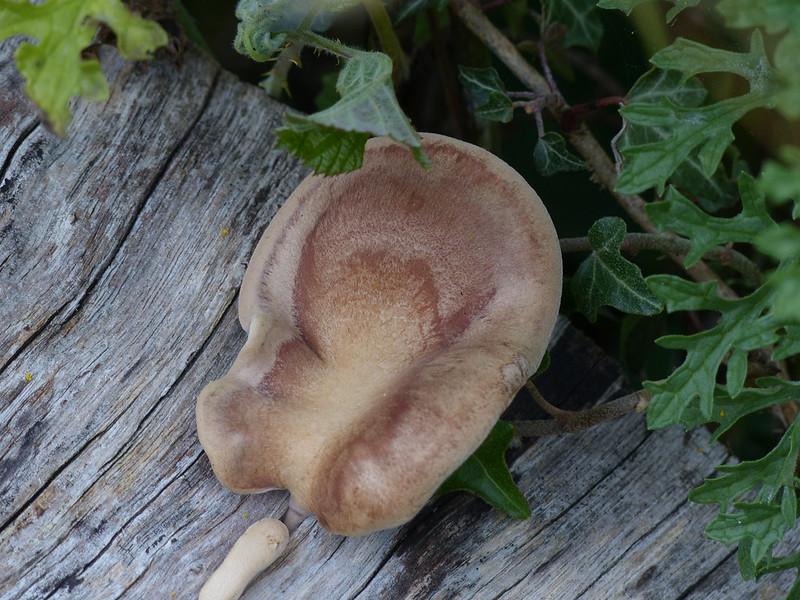
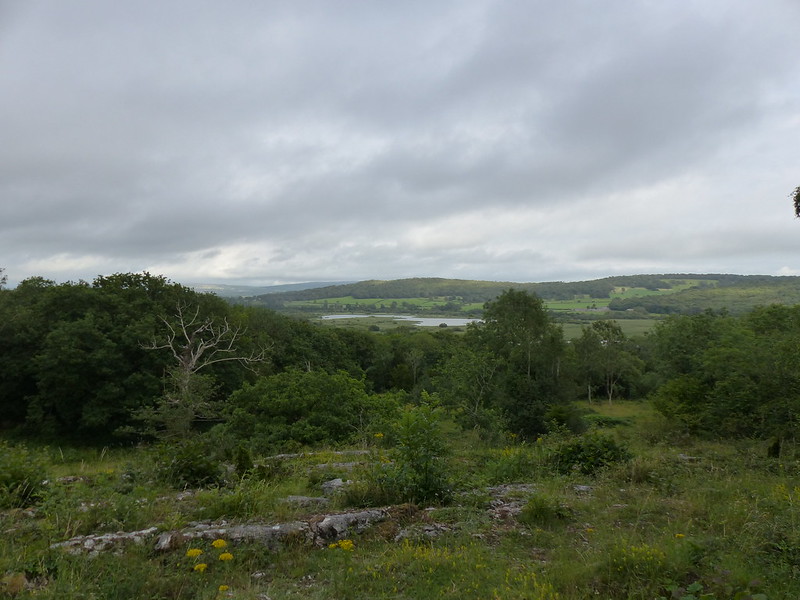
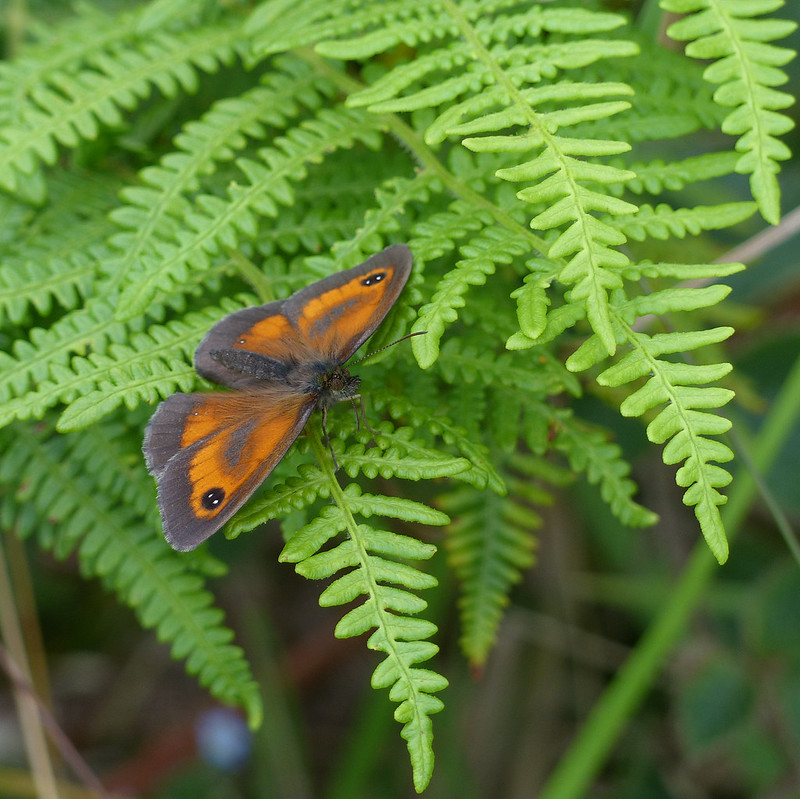
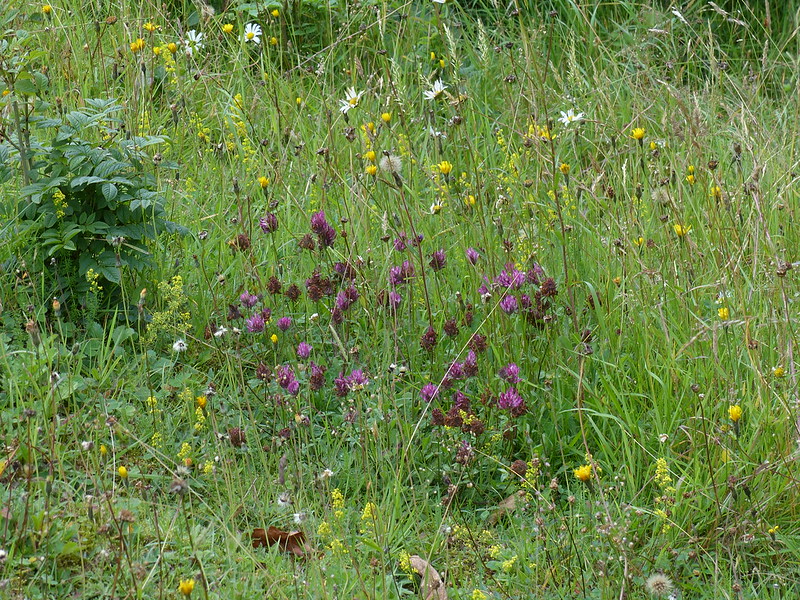
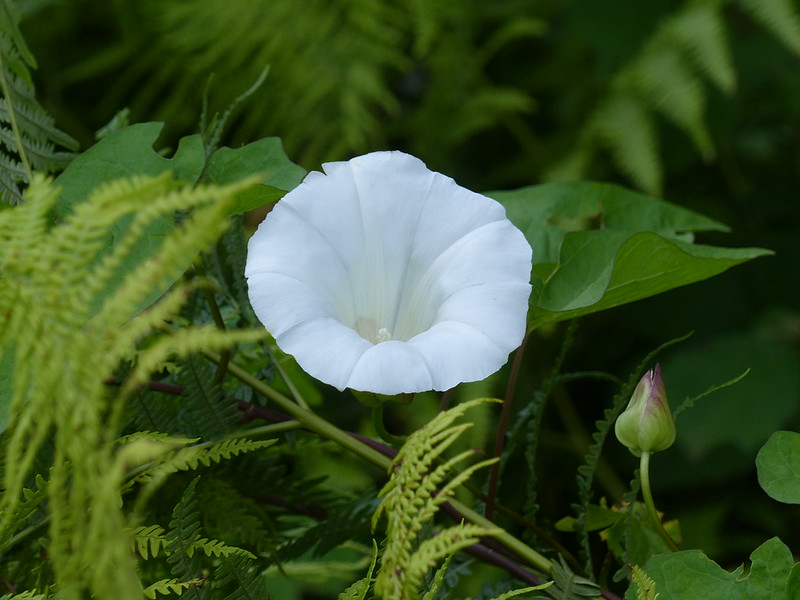
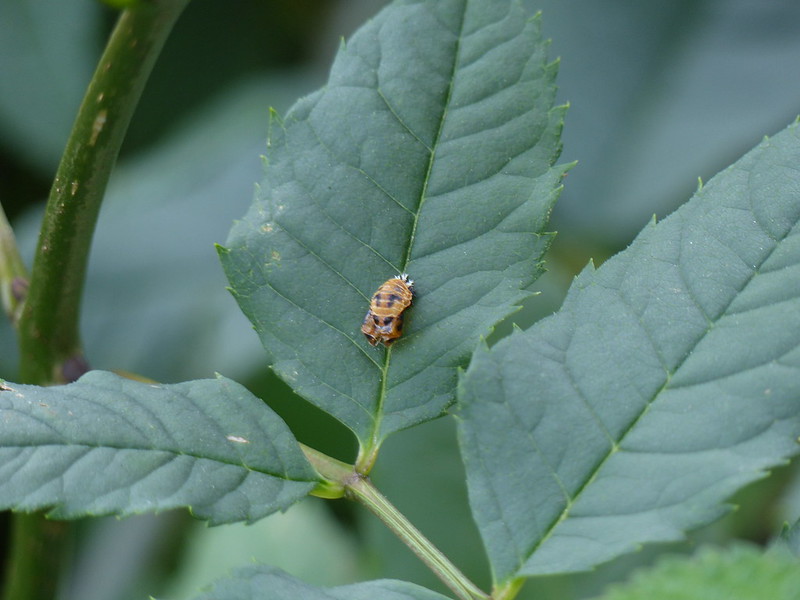
The leaves of single sapling by the roadside were home to several Harlequin Ladybirds in various stages of their lifecycle. Unfortunately, the leaves were swaying in a fairly heavy breeze, so I struggled to get sharp images.
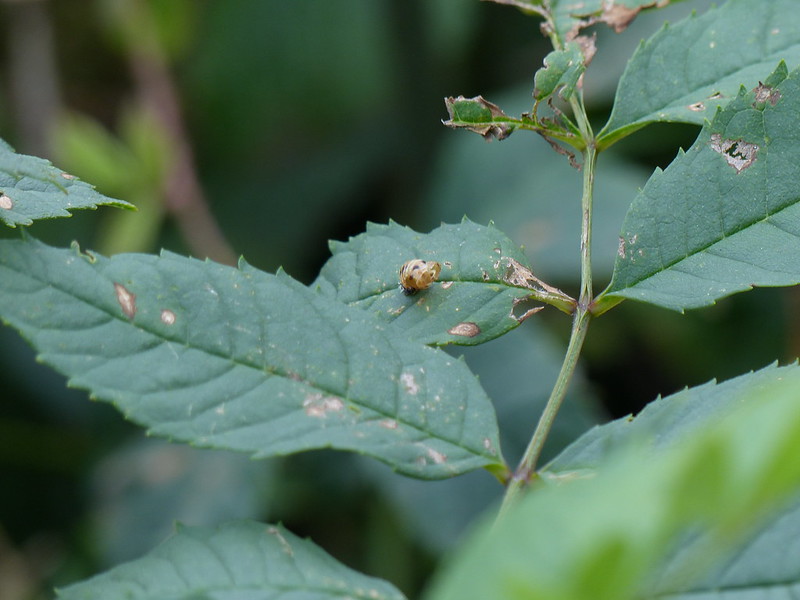
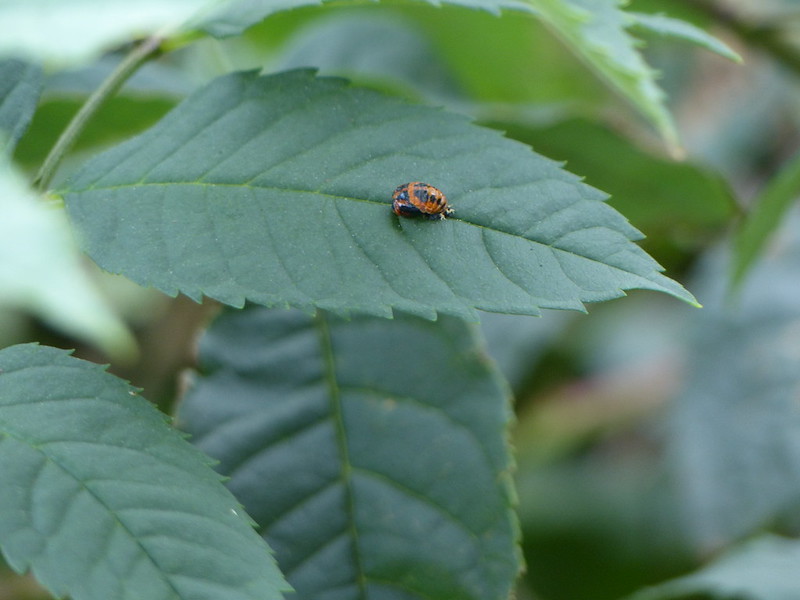
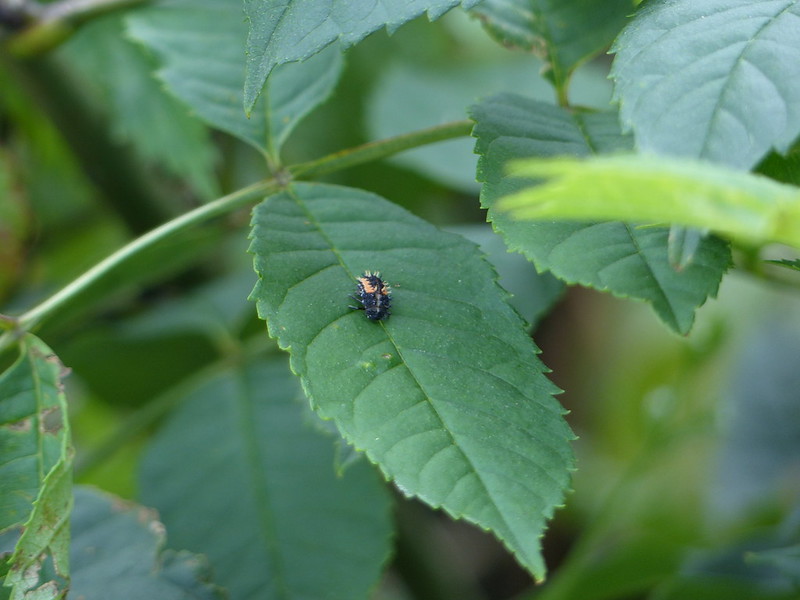
Fascinating to see, but the Harlequin is an invasive species from Asia, so worrying for the health of our native ladybirds.

